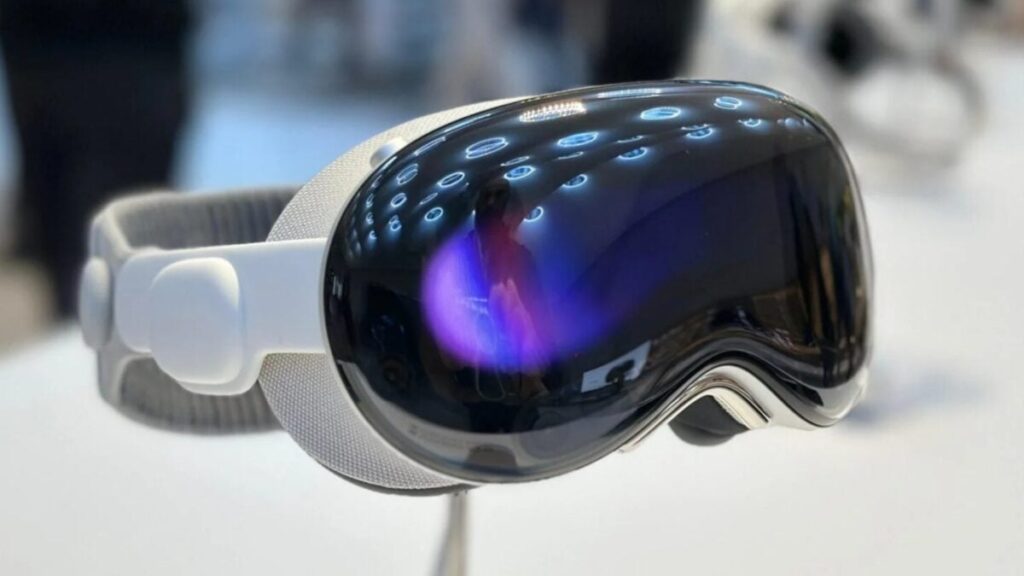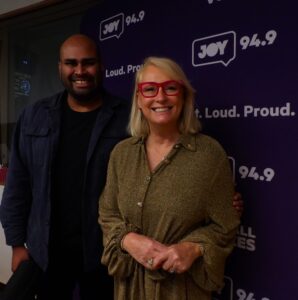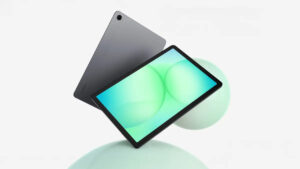
The Vision Pro, Apple’s ambitious foray into mixed reality, has faced significant challenges since its 2024 release. Struggling to capture a substantial audience, recent reports suggest that Apple is pivoting away from a more affordable version of the Vision Pro. Instead, the tech giant is channeling its efforts into what could be 2025’s standout innovation: smart glasses. While this shift may signal the end for the Vision Pro, a new report indicates that its core technology, visionOS, could find new life in this emerging product category.
According to Bloomberg’s Mark Gurman, visionOS, the operating system initially developed for the Vision Pro, is set to be integrated into Apple’s rumored smart glasses. This development is not entirely unexpected, given that visionOS is the only Apple operating system specifically designed for mixed reality. Its user interface, a major selling point of the Vision Pro, is poised to enhance the functionality of these smart glasses. However, the transition involves more than a simple system port; there are intriguing new elements to consider.
Dual-Mode Functionality: A Strategic Advantage
Bloomberg’s report reveals that the visionOS on Apple’s smart glasses will feature two distinct modes. One mode will activate when the glasses are paired with an iPhone, offering a streamlined, mobile-friendly experience. The other mode, which promises more advanced capabilities, will engage when the glasses are connected to a MacBook. This dual-mode approach hints at a versatile device that could rival both existing smart glasses and more sophisticated headsets like the Vision Pro.
The decision to differentiate between modes positions Apple’s smart glasses as a potential competitor to products like Meta’s Ray-Ban Display. These devices offer basic navigation, messaging, and media functionalities. However, Apple’s approach suggests an ambition to incorporate more advanced, laptop-like features, potentially tapping into entertainment and gaming sectors if the display and processing power meet expectations.
Technological Foundations and Competitive Edge
Apple’s choice to adapt visionOS for smart glasses could also influence the user interface. While the current version of visionOS is tailored for the Vision Pro’s unique UI, which uses hand and eye tracking for a spatial computing experience, it remains to be seen how Apple will modify this for smart glasses. The existing UI, praised for its refinement compared to competitors like Meta’s Quest series, could provide a foundation for an intuitive and innovative smart glasses interface.
Gurman’s report suggests that Apple’s smart glasses might incorporate similar hand and eye tracking technologies. If so, this could set a new standard in user interaction for wearable tech. The potential for a seamless, gesture-based interface aligns with Apple’s history of pioneering user-friendly design.
Implications for the Tech Industry
The move towards smart glasses represents a strategic pivot for Apple, reflecting broader trends in the tech industry. As augmented reality (AR) and mixed reality (MR) technologies gain traction, companies are exploring new ways to integrate these experiences into everyday life. Apple’s smart glasses could play a significant role in this evolution, offering a blend of convenience and advanced functionality.
Experts suggest that Apple’s foray into smart glasses could spur further innovation and competition in the market. By leveraging visionOS and its established ecosystem, Apple has the potential to deliver a product that not only meets but exceeds consumer expectations. This could drive other tech companies to accelerate their own developments in AR and MR technologies.
As the tech world anticipates Apple’s next move, the smart glasses project underscores the company’s commitment to innovation and its ability to adapt to changing market dynamics. Whether these glasses will redefine the landscape of wearable technology remains to be seen, but the groundwork laid by visionOS and Apple’s design philosophy offers a promising glimpse into the future.
Looking ahead, industry watchers will be keen to see how Apple’s smart glasses develop and what impact they will have on the broader market. With the potential to reshape how we interact with technology, these glasses could mark a significant milestone in Apple’s storied history of innovation.







